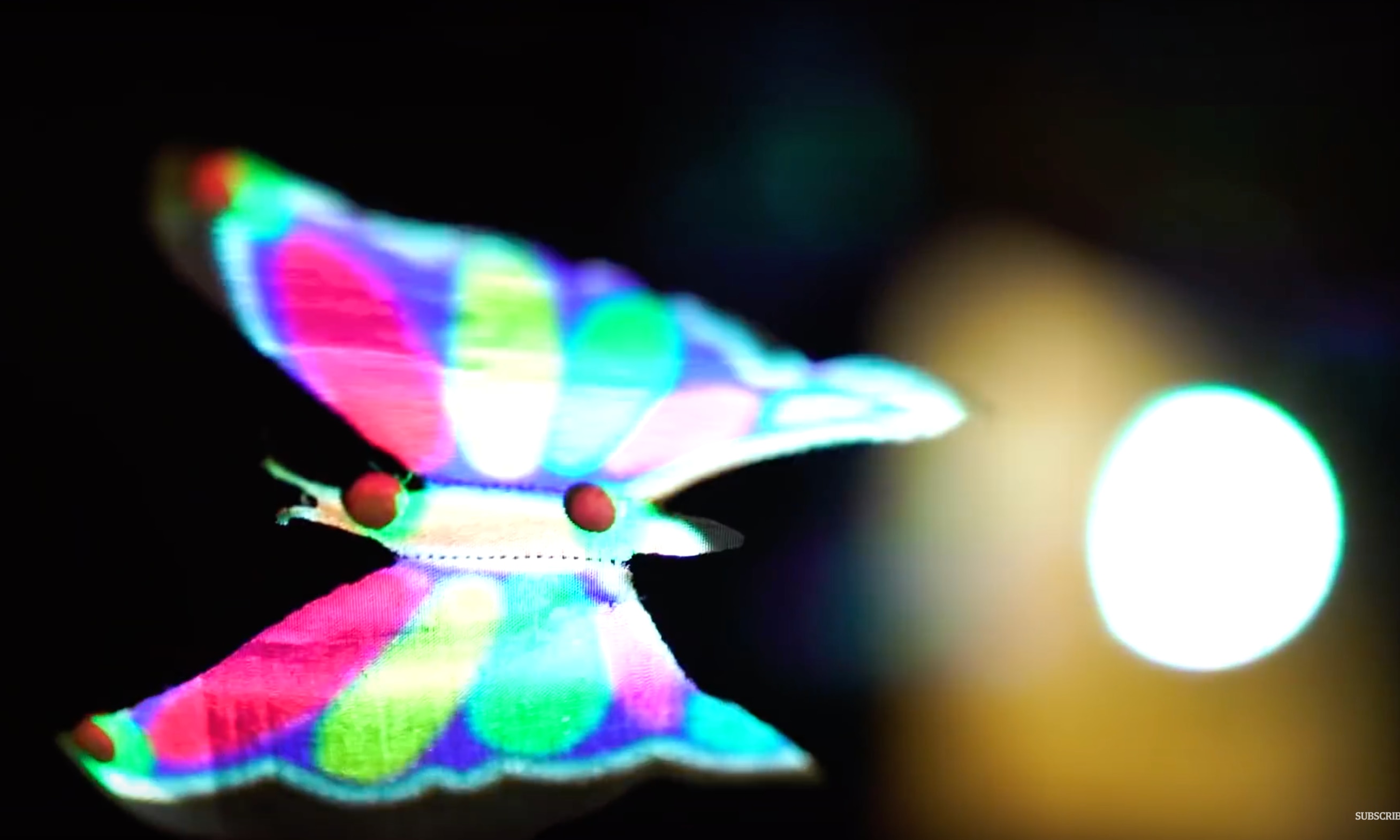Create a free profile to get unlimited access to exclusive videos, sweepstakes, and more!
Tangible holograms go beyond anything Star Wars ever dreamed of

Any Star Wars fan worth their Jedi (or Sith) rank knows that iconic moment in Episode IV when R2-D2 acts like a futuristic answering machine and beams a hologram of Leia pleading for help. Obi-Wan was her only hope back then. Not anymore — sorry, Obi-Wan.
Holograms are sci-fi brought to life, and the technology has now gone beyond that galaxy far, far away, making it possible to actually touch them. What is even more amazing and possibly creepier is that they can talk to you. While researchers haven’t yet tackled the type of hologram projector built into R2, a team at Sussex is now making talking, tangible images.
“[Other holographic displays] they are slow, have limited persistence-of-vision capabilities and, most importantly, rely on operating principles that cannot produce tactile and auditive content as well,” said Ryuji Hirayama and colleagues in a study recently published in Nature.
Hirayama’s team shattered these obstacles by using their prototype of a multimodal acoustic trap display (MATD). It uses a duo of horizontal plates with many tiny ultrasonic transducers to create a 3D sound field. A pocket of low-pressure air traps a (surprisingly low-tech) 2mm-wide polystyrene bead.
The bead is levitated as that pocket of air moves around, and its direction can be changed just by adjusting the transducers. It zooms through the air at speeds fast enough for your brain to perceive the movements as visible shapes.
With this method, an object can seem to materialize in front of your eyes in less than a tenth of a second. The display includes LED lights whose colors make these images even more realistic. Sound effects and music can also be added to make it seem as if the image is actually talking, like all those dead musicians who are showing up on stage again.
Now for what Luke and Obi-Wan would probably wish existed on Tatooine. These images can be seen from any angle because they are already created in 3D space. What makes them real to the touch, as opposed to the tweaks that can make it fly around in different directions, is another type of manipulation of the ultrasonic field.
The proto can only use one bead and 10 cubic centimeters of air, but future iterations with more powerful transducers and multiple beads could create more realistic holograms. There is software that can make sure the beads don’t smash into each other, though it’s still going to be complicated moving around more than one bead to create more complex images in midair. That still doesn’t make it impossible.
If holograms that look like cinematic special effects start showing up in Galaxy's Edge someday, you’ll know where they came from.
(via The Guardian)














